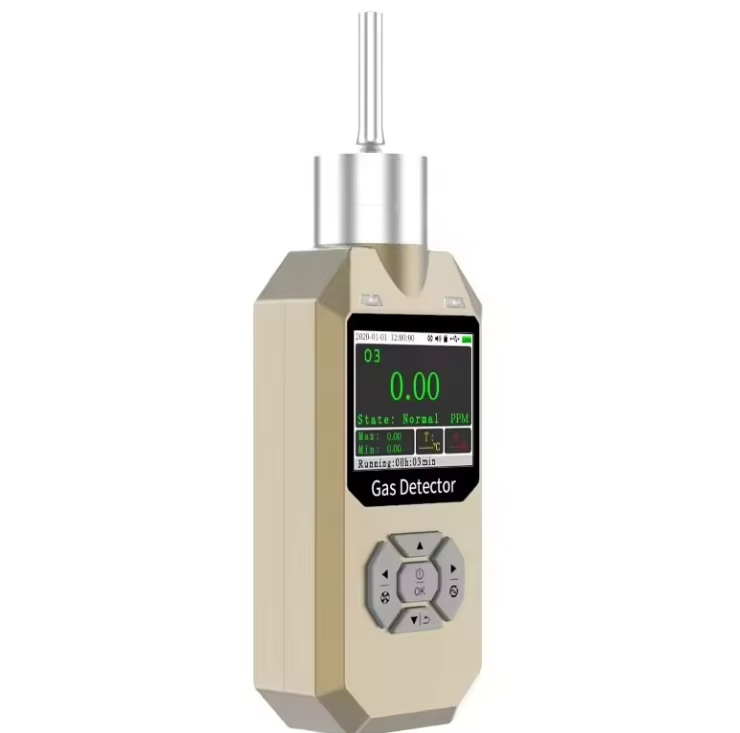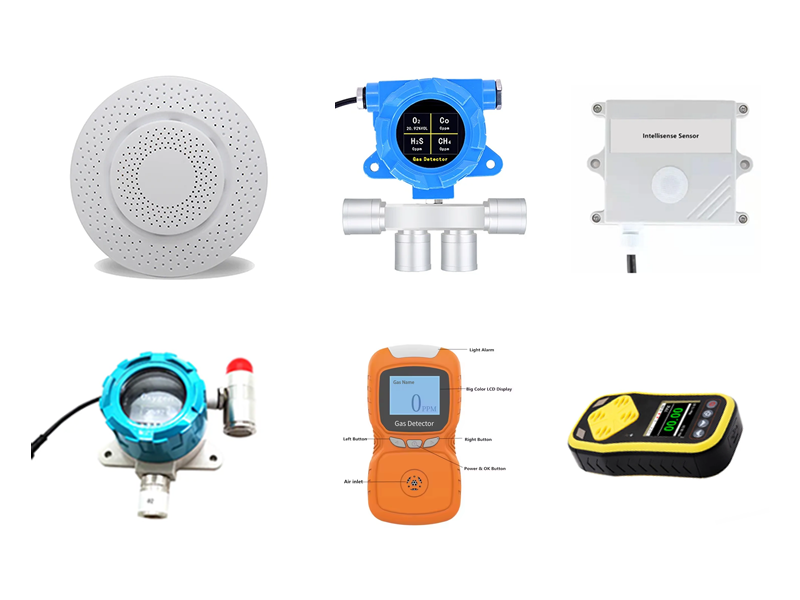Clean air is essential for healthy living, but according to the World Health Organization (WHO), almost 99% of the global population breathes air exceeding their guideline limits of air pollution. “Air quality is a measure of how much stuff is in the air, which includes particulates and gaseous pollutants,” said Kristina Pistone, a research scientist at NASA Ames Research Center. Pistone’s research covers both atmospheric and climate areas, with a focus on the effect of atmospheric particles on climate and clouds. “It’s important to understand air quality because it affects your health and how well you can live your life and go about your day,” Pistone said. We sat down with Pistone to learn more about air quality and how it can have a noticeable impact on human health and the environment.
What makes up air quality?
There are six main air pollutants regulated by the Environmental Protection Agency (EPA) in the United States: particulate matter (PM), nitrogen oxides, ozone, sulfur oxides, carbon monoxide, and lead. These pollutants come from from natural sources, such as the particulate matter that rises into the atmosphere from fires and desert dust, or from human activity, such as the ozone generated from sunlight reacting to vehicle emissions.
What is the importance of air quality?
Air quality influences health and quality of life. “Just like we need to ingest water, we need to breathe air,” Pistone said. “We have come to expect clean water because we understand that we need it to live and be healthy, and we should expect the same from our air.”
Poor air quality has been tied to cardiovascular and respiratory effects in humans. Short-term exposure to nitrogen dioxide (NO2), for example, can cause respiratory symptoms like coughing and wheezing, and long-term exposure increases the risk of developing respiratory diseases such as asthma or respiratory infections. Exposure to ozone can aggravate the lungs and damage the airways. Exposure to PM2.5 (particulates 2.5 micrometers or smaller) causes lung irritation and has been linked to heart and lung diseases.
In addition to its impacts on human health, poor air quality can damage the environment, polluting bodies of water through acidification and eutrophication. These processes kill plants, deplete soil nutrients, and harm animals.
Measuring Air Quality: the Air Quality Index (AQI)
Air quality is similar to the weather; it can change quickly, even within a matter of hours. To measure and report on air quality, the EPA uses the United States Air Quality Index (AQI). The AQI is calculated by measuring each of the six primary air pollutants on a scale from “Good” to “Hazardous,” to produce a combined AQI numeric value 0-500.
“Usually when we’re talking about air quality, we’re saying that there are things in the atmosphere that we know are not good for humans to be breathing all the time,” Pistone said. “So to have good air quality, you need to be below a certain threshold of pollution.” Localities around the world use different thresholds for “good” air quality, which is often dependent on which pollutants their system measures. In the EPA’s system, an AQI value of 50 or lower is considered good, while 51-100 is considered moderate. An AQI value between 100 and 150 is considered unhealthy for sensitive groups, and higher values are unhealthy to everyone; a health alert is issued when the AQI reaches 200. Any value over 300 is considered hazardous, and is frequently associated with particulate pollution from wildfires.
NASA Air Quality Research and Data Products
Air quality sensors are a valuable resource for capturing air quality data on a local level.
In 2022, the Trace Gas GRoup (TGGR) at NASA Ames Research Center deployed Inexpensive Network Sensor Technology for Exploring Pollution, or INSTEP: a new network of low-cost air quality sensors that measures a variety of pollutants. These sensors are capturing air quality data in certain areas in California, Colorado, and Mongolia, and have proven advantageous for monitoring air quality during California’s fire season.
The 2024 Airborne and Satellite Investigation of Asian Air Quality (ASIA-AQ) mission integrated sensor data from aircraft, satellites, and ground-based platforms to evaluate air quality over several countries in Asia. The data captured from multiple instruments on these flights, such as the Meteorological Measurement System (MMS) from NASA Ames Atmospheric Science Branch, are used to refine air quality models to forecast and assess air quality conditions.
Agency-wide, NASA has a range of Earth-observing satellites and other technology to capture and report air quality data. In 2023, NASA launched the Tropospheric Emissions: Monitoring of Pollution (TEMPO) mission, which measures air quality and pollution over North America. NASA’s Land, Atmosphere Near real-time Capability for Earth Observations (LANCE) tool provides air quality forecasters with measurements compiled from a multitude of NASA instruments, within three hours of its observation.
In order to have a healthy air quality environment, we can monitor air quality data in real time. The following are sensors that can measure different air quality parameters
Post time: Dec-04-2024



